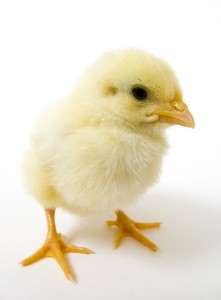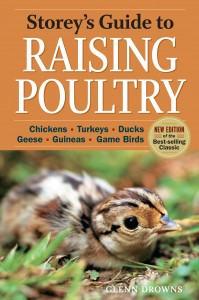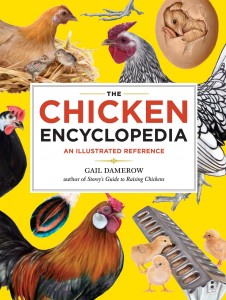The Food industry uses many different terms on it’s label to advertise it’s products. These terms can be a bit confusing trying to figure out what makes them different from each other. Here are a few definitions from the National Chicken Council to hopefully help clear up some of the confusion.
Free Range
There’s no precise federal government definition of “free range,” so the U.S. Department of Agriculture (USDA) approves these label claims on a case-by-case basis. USDA generally permits the term to be used if chickens have access to the outdoors for at least some part of the day, whether the chickens choose to go outside or not. In practice, most chickens stay close to water and feed, which is usually located within the chicken house. Chicken labeled as “organic” must also be “free-range,” but not all “free-range” chicken is also “organic.” Less than 1% of chickens nationwide are raised as “free range,” according to the National Chicken Council (NCC).
“Farm-Raised”
All chickens are raised on farms. So any chicken could be labeled “farm-raised.” When this term is used on restaurant menus and the like, it usually refers to chickens raised on a local farm.
Natural
Under USDA regulations, a “natural” product has no artificial ingredients, coloring ingredients, or chemical preservatives, and is minimally processed, just enough to get it ready to be cooked. Most ready-to-cook chicken can be labeled “natural,” if processors choose to do so.
Organic
The USDA has a very specific rule to define “organic” production and prohibits the use of the term “organic” on packaging of any food product not produced in accordance with its rule. According to USDA, the organic label does not indicate that the product has safety, quality or nutritional attributes that are any higher than conventionally raised product.
No Hormones Added
Despite what you may hear, no artificial or added hormones are used in the production of any poultry in the United States. Regulations of the Food & Drug Administration prohibit the use of such hormones. No such hormones are used. So any brand of chicken can be labeled “Raised without hormones” or something like that. However, any package of chicken with that type of label must also have a statement that no hormones are used in the production of any poultry.
“Raised without Antibiotics” or “Antibiotic-Free”
“Raised without Antibiotics” on a package of chicken indicates that the flock was raised without the use of products classified as antibiotics for animal health maintenance, disease prevention or treatment of disease. Animal health products not classified as antibiotics (such as some coccidiostats, which control protozoal parasites) may still be used. “Antibiotic free” is not allowed to be used on a label but may be found in marketing materials not regulated by the U.S. Department of Agriculture. It means the same thing as “Raised without Antibiotics.” All chicken is “antibiotic-free” in the sense that no antibiotic residues are present in the meat due to the withdrawal periods and other precautions required by the government and observed by the chicken companies
Enhanced Chicken Products
Some fresh (raw and uncooked) chicken products are enhanced with chicken broth or a similar solution. The presence and percentage of the broth or other solution must be stated clearly and the actual ingredients listed on the label. Both enhanced and non-enhanced products are currently available in the marketplace.
Sodium is used in the broth or solution of some enhanced products, usually at very low levels. The presence of salt or sodium is noted on the label.
“Retained Water”
A “retained water” statement, such as “May contain up to 6% retained water” or “Less than 4% retained water,” is often found on packages of fresh poultry. USDA prohibits retention of moisture in meat and poultry except for the amount that results from essential safety procedures, such as chilling processed chickens in ice-cold water to reduce their temperature and retard the growth of spoilage bacteria and other microorganisms. If any moisture is retained by the product after this procedure, it must be stated on the label.
All-Vegetable Diet
Poultry feed is made primarily from corn and soybean meal. Poultry feed sometimes includes some processed protein and fats and oils from meat and poultry by-products. The composition of all animal feed ingredients used in the United States is regulated by the Association of American Feed Control Officials (AAFCO). If the chicken company chooses not to use these ingredients, the feed would contain no ingredients derived from animals and could be described as “all vegetable.”
Chickens: Made in the USA
Nearly all the chickens and chicken products sold in the United States come from chickens hatched, raised and processed in the United States. The only exception is a small amount imported from Canada, which has food safety and quality standards equal to our own.





